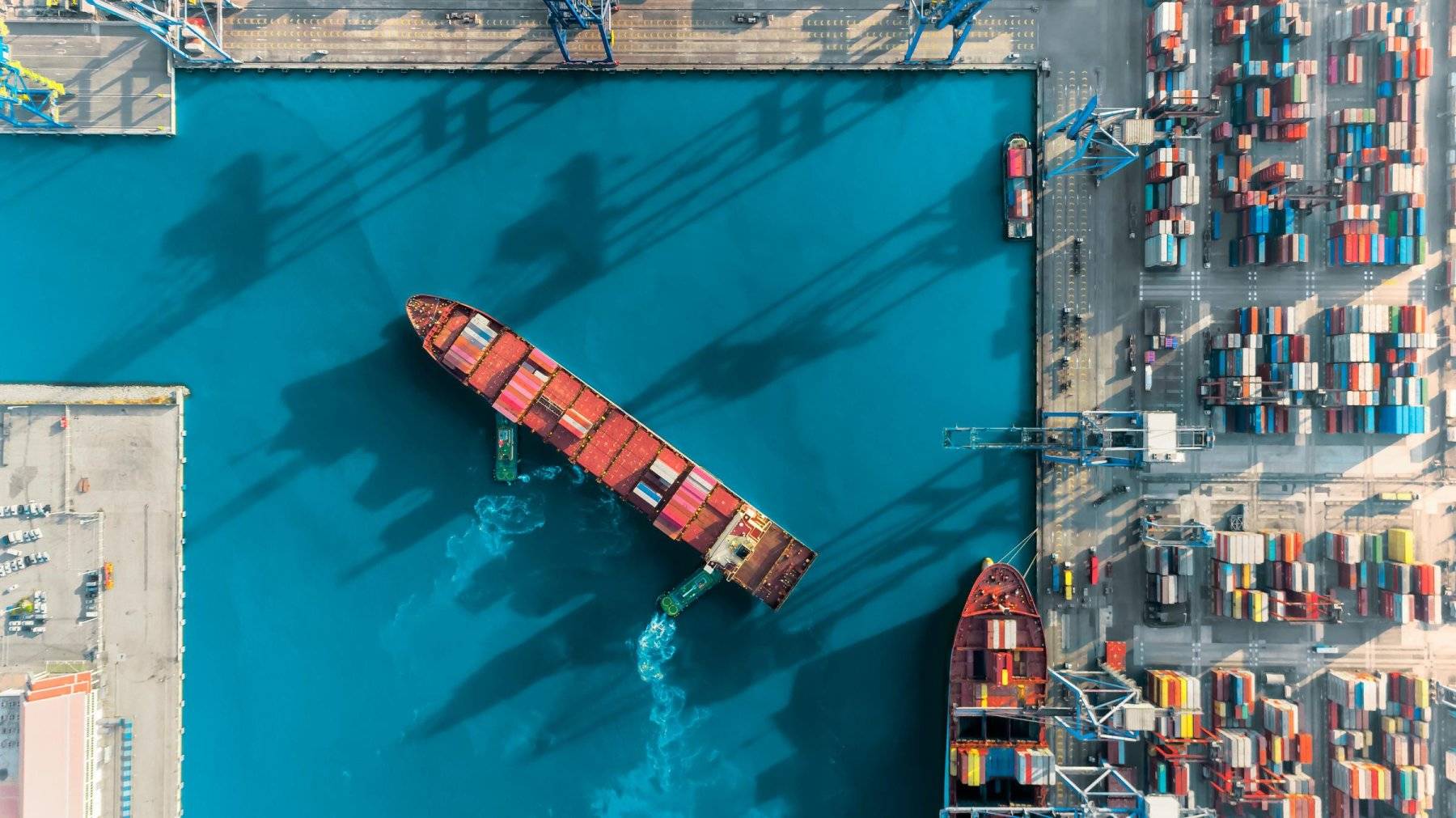Greek shipowners are leaving trade in Russian crude oil after the US toughened its sanctions rules targeting the traders and shipping companies moving Russian crude, reports Bloomberg.
Just eight Greek-owned tankers carried Russian crude in January, according to vessel-tracking data compiled by Bloomberg. It said that this compared with more than 40 last May and an average of 20 through most of the second half of last year.
The US Treasury recently said that it would be requiring tanker owners to do more than just accept an attestation from a charterer that the purchaser had paid no more than $60 a barrel. They would instead be required to make more diligent enquiries.
Notices were sent in November to companies in about a dozen countries. Since them Greek-owned ships have disappeared completely from the trade in Russian crude loaded at the country’s Pacific terminals and hauled to buyers in China and India. Those grades, principally ESPO and Sokol, trade at a premium to Moscow’s flagship Urals, and well above the G7’s cap.
Price data provided by Argus Media showed ESPO trading at prices about $13 a barrel above the price cap in the first four weeks of 2024. Urals loaded at terminals in the Baltic was about $1 a barrel over the cap.
As the table shows, in January last year Greek ships made up 34 out of 147 ships in total trading all Russian grades. In January this year Greek tankers comprised just eight (all of it the higher -valued Urals) out of 128.
| Greek ships | All ships | Greek share | |||||
| All grades | Urals | All grades | Urals | All grades | Urals | ||
| Jan 23 | 34 | 25 | 147 | 87 | 23% | 29% | |
| Feb | 25 | 20 | 123 | 71 | 20% | 28% | |
| Mar | 34 | 27 | 140 | 82 | 24% | 33% | |
| Apr | 32 | 27 | 143 | 85 | 22% | 32% | |
| May | 41 | 35 | 158 | 99 | 26% | 35% | |
| Jun | 37 | 34 | 134 | 81 | 28% | 42% | |
| Jul | 20 | 16 | 121 | 64 | 17% | 25% | |
| Aug | 26 | 22 | 125 | 69 | 21% | 32% | |
| Sep | 23 | 22 | 130 | 78 | 18% | 28% | |
| Oct | 24 | 20 | 143 | 85 | 17% | 24% | |
| Nov | 16 | 13 | 126 | 70 | 13% | 19% | |
| Dec | 17 | 15 | 142 | 79 | 12% | 19% | |
| Jan 24 | 8 | 8 | 128 | 73 | 6% | 11% |
Pre-invasion the European market had taken almost all of the 1.6m barrels a day of crude shipped from Russian ports on the Baltic, Black Sea and in the Arctic.
The buyers now have to come from mainly China and India (with some of the Indian crude subsequently refined and sailed back to the west as a “different product”).
Getting the oil to China and India entails much longer voyages and many more ships.
An added problem is that all Russian crude sent from western ports to India and China has had to go through Suez and the Red Sea. Although some tankers have been fired on by mistake, generally speaking the Russian-linked vessels have not been targeted deliberately by the Houthis.
No tankers carrying Russian crude have yet diverted to avoid the southern Red Sea, according to tanker tracking data monitored by Bloomberg.






